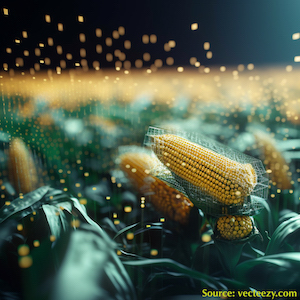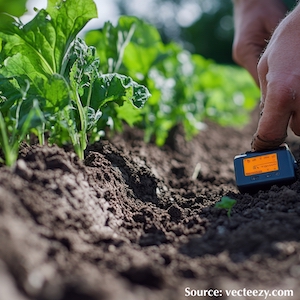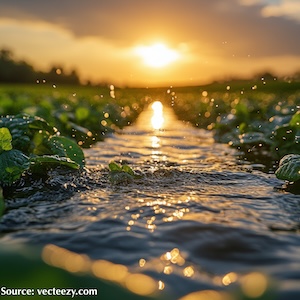Smart precision agriculture using deep neural networks and multi-objective optimization for sensor deployment and yield estimation

All claims expressed in this article are solely those of the authors and do not necessarily represent those of their affiliated organizations, or those of the publisher, the editors and the reviewers. Any product that may be evaluated in this article or claim that may be made by its manufacturer is not guaranteed or endorsed by the publisher.
Authors
The rapid advancements in communication technologies have initiated transformative changes across various sectors, significantly improving efficiency and quality of life. In the agricultural domain, the growing global demand for food and the need to reduce farmers’ workload have positioned the Internet of Things (IoT) as a critical enabler of smart farming solutions. However, accurate prediction of variations in climate conditions, soil attributes, and ground characteristics remains a major challenge in agricultural IoT, with direct implications on crop yield if not effectively addressed. This study proposes an intelligent predictive model for the deployment of IoT sensors in precision agriculture using deep learning techniques. A modified Lemurs optimization (MLO) algorithm is used to predict environmental conditions accurately, enhancing the temperature-humidity-agriculture-meteorology (THAM) index. IoT sensor deployment is optimized using a deep pulse-coupled neural network (DPC-NN) to determine the optimal number and positioning of sensors, ensuring effective coverage of the target agricultural field while improving communication efficiency. The production yield rate is estimated based on key attributes such as fertilizer regulation, temperature quotient, and agronomic factors, optimized using the chaos distributed gravitational search (CDGS) algorithm. Model performance is validated using test samples obtained from the Meteorology Bureau via integrated sensor middleware. Experimental validation using real-world data from the Bureau of Meteorology and Phenonet confirms the robustness. The proposed model achieves yield prediction accuracy of 90.509% with temperature sensors and 90.831% with soil sensors, improves monitoring efficiency to 96.699% in heterogeneous IoT deployments, and surpasses existing benchmark models with a maximum accuracy of 94.6%, RMSE of 0.27, and MAE of 0.21. These results highlight the model’s potential to deliver scalable, real-time, and resource-efficient solutions for next-generation precision agriculture.
Supporting Agencies
Deanship of Graduate Studies and Scientific Research, Jazan University, Saudi ArabiaHow to Cite

This work is licensed under a Creative Commons Attribution-NonCommercial 4.0 International License.









